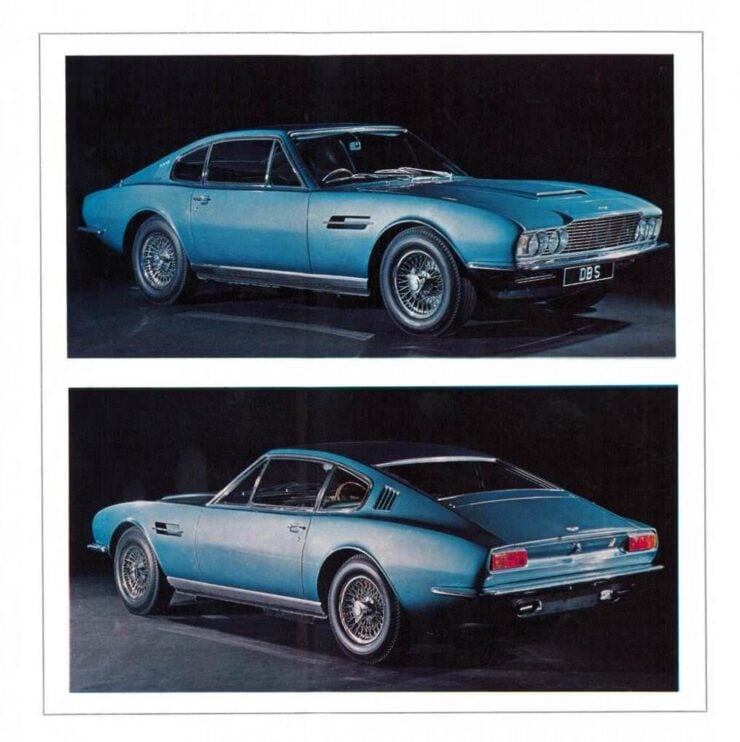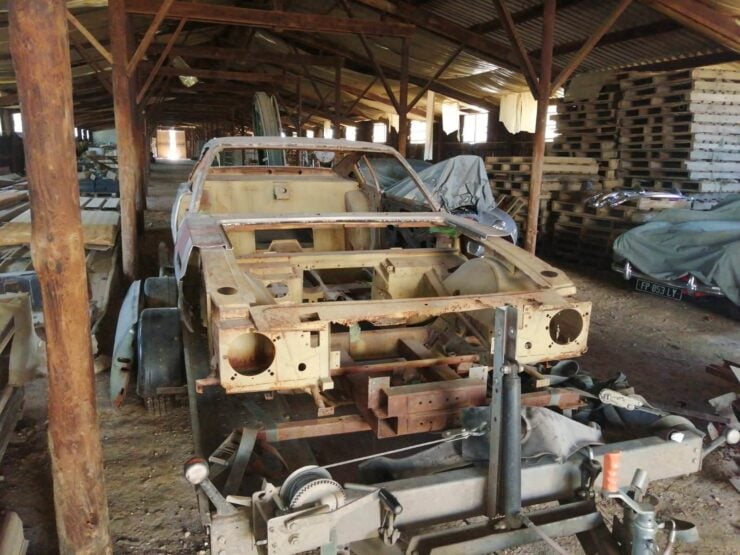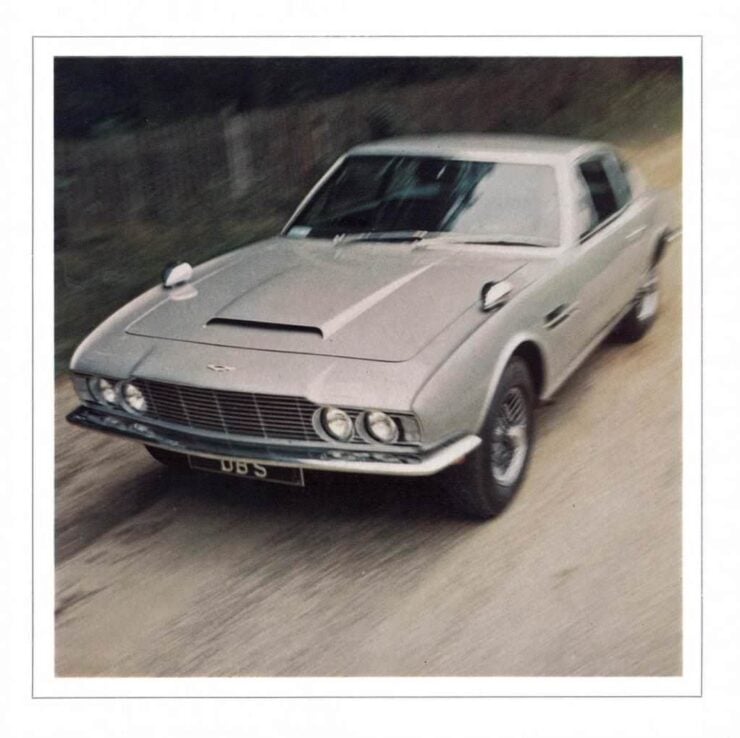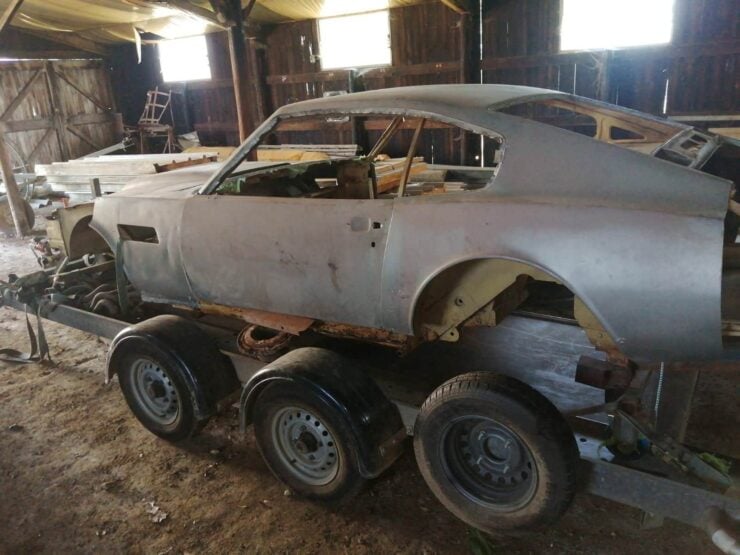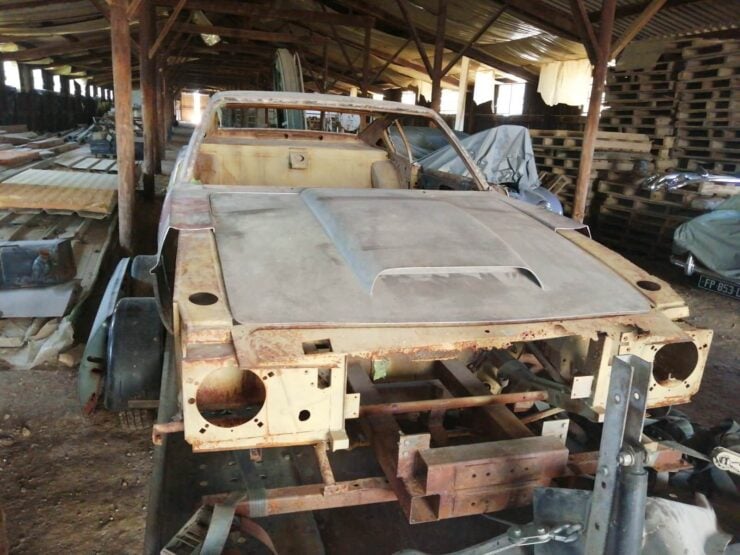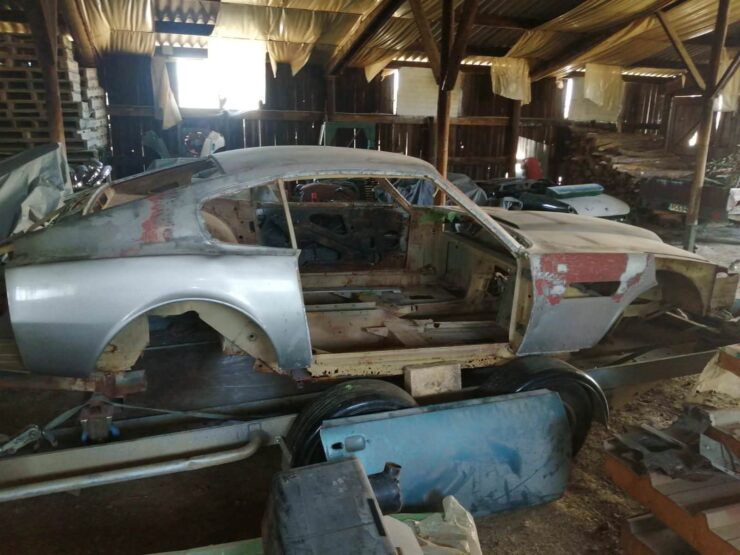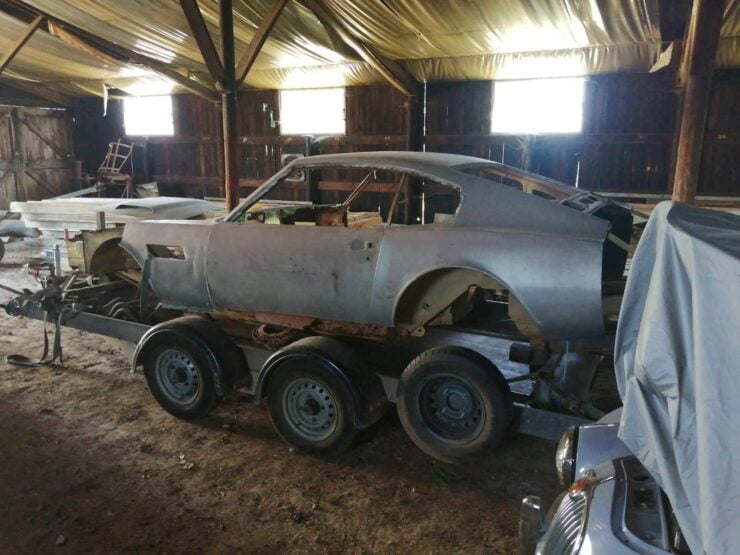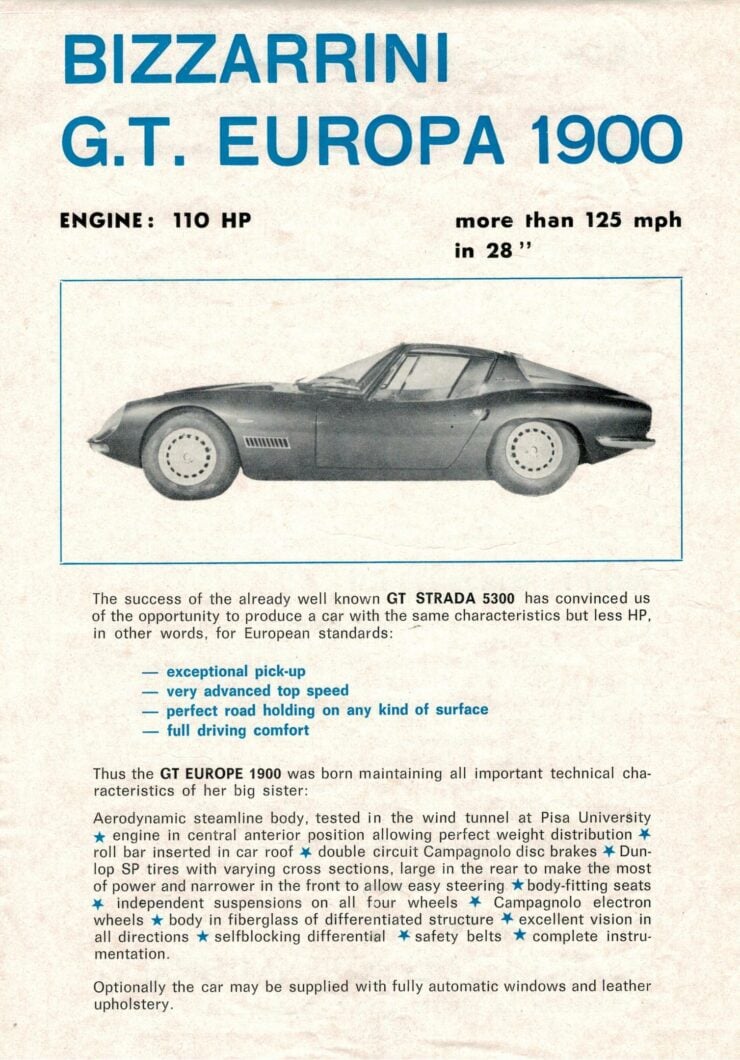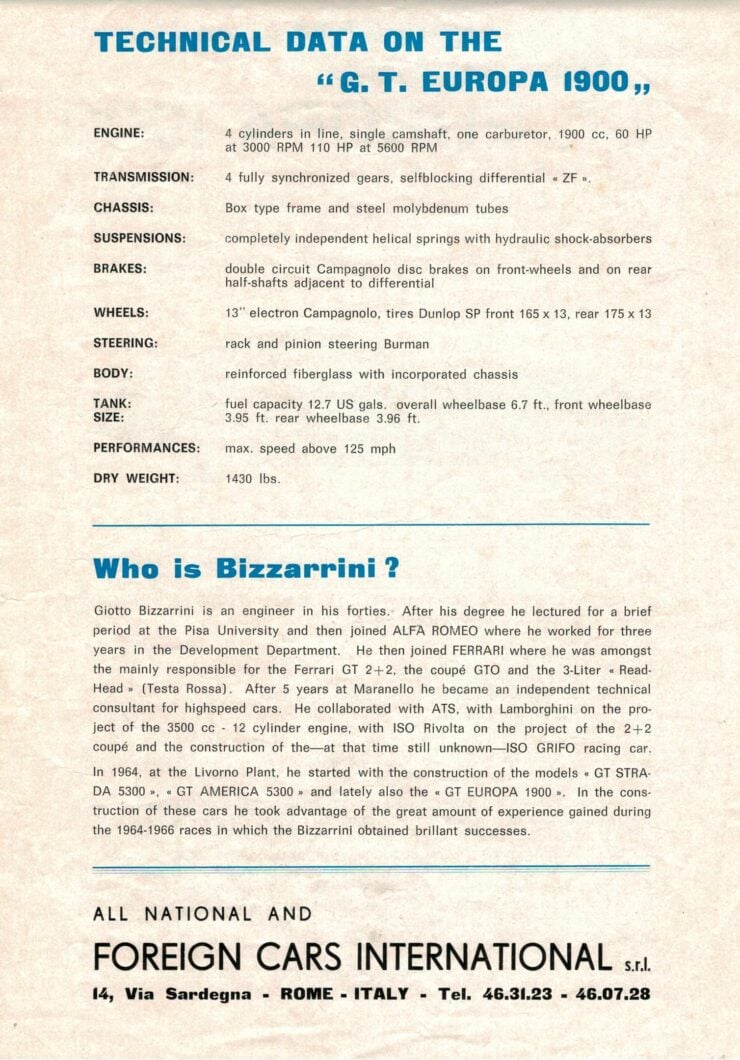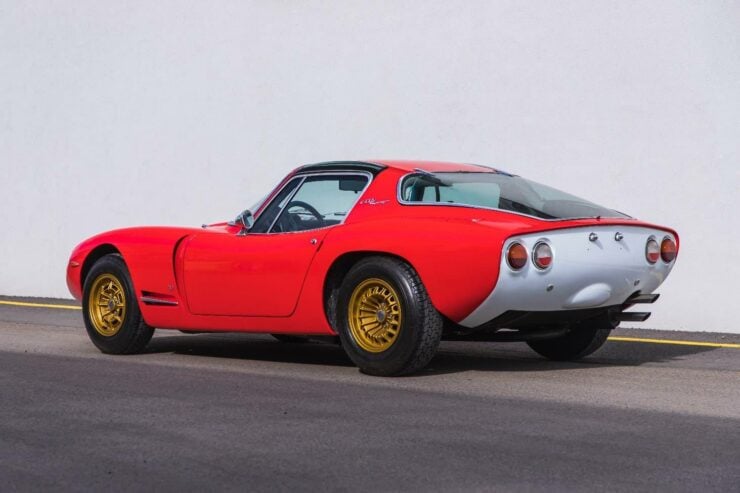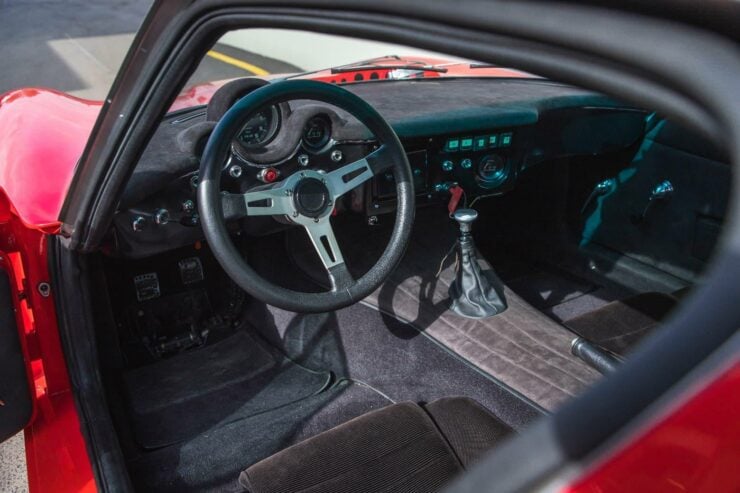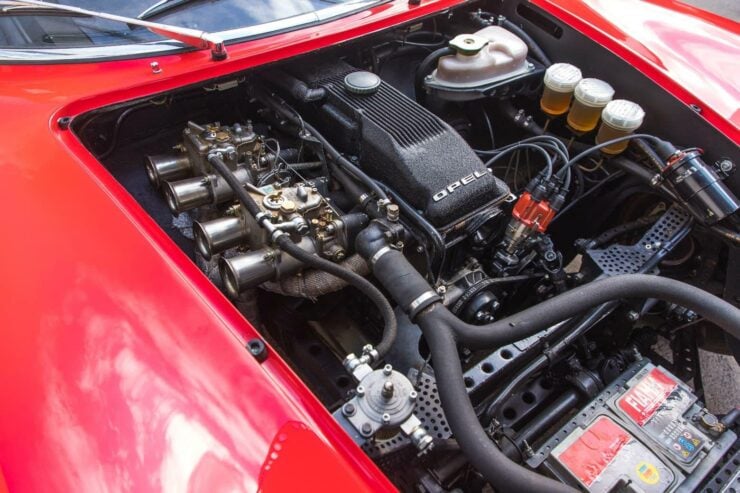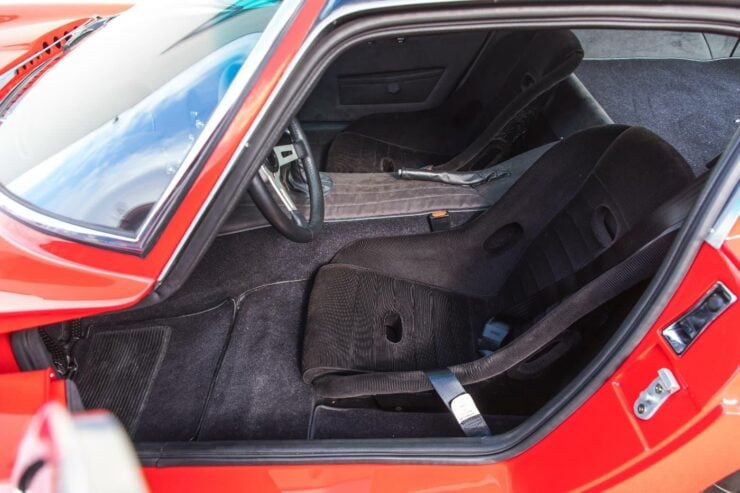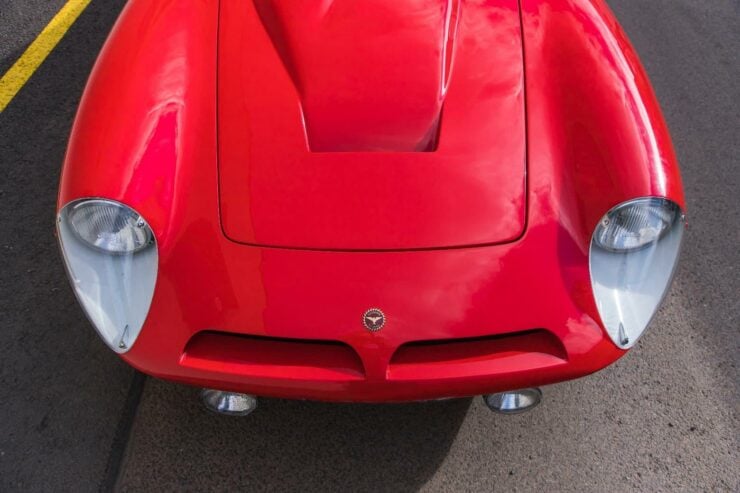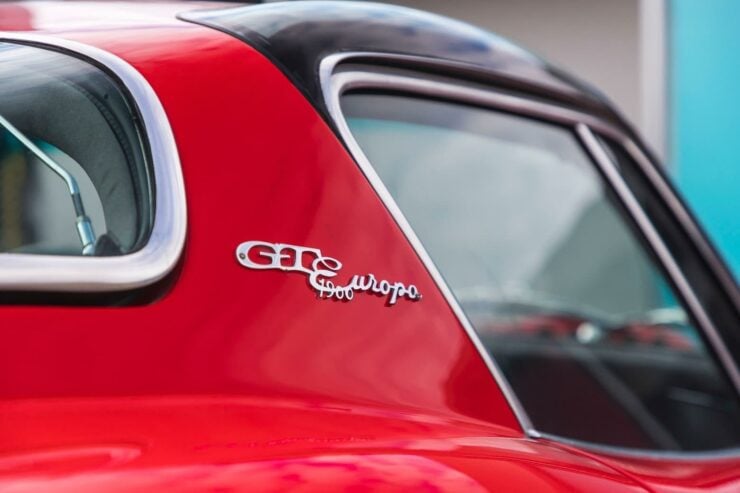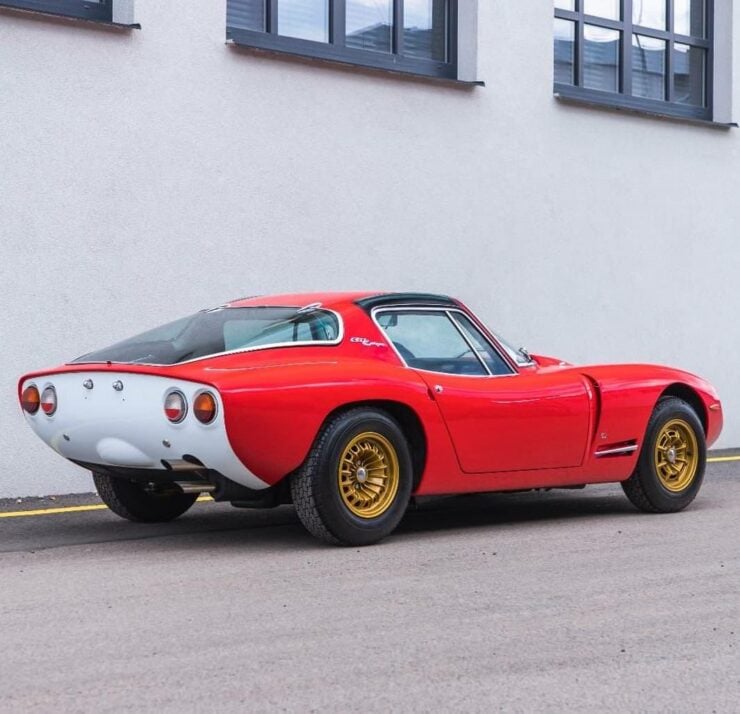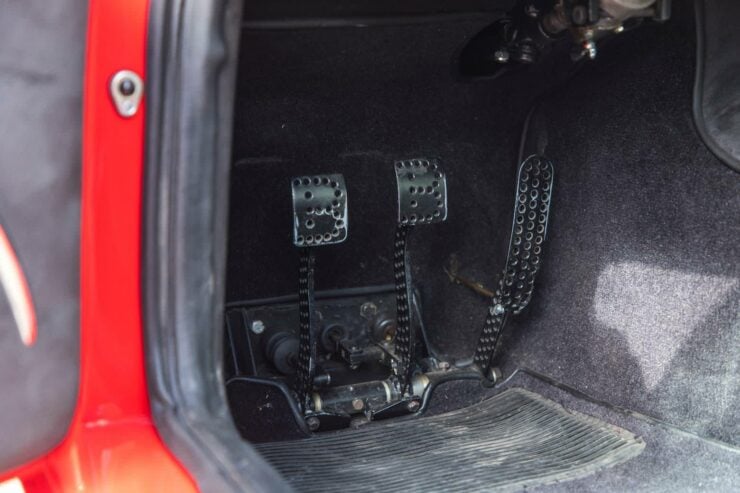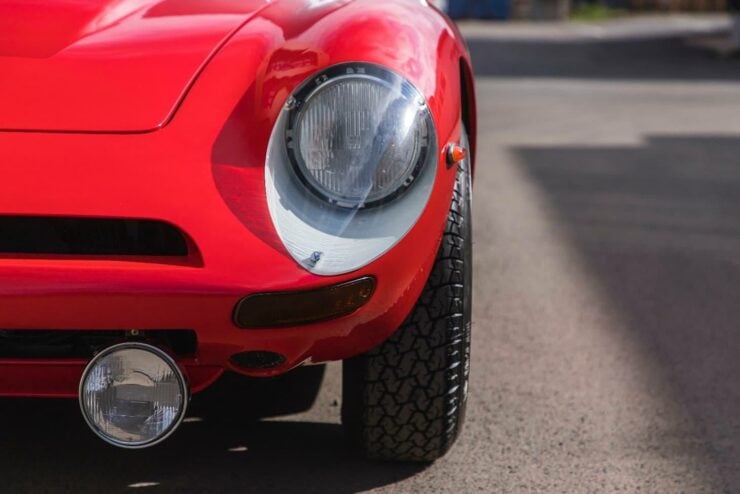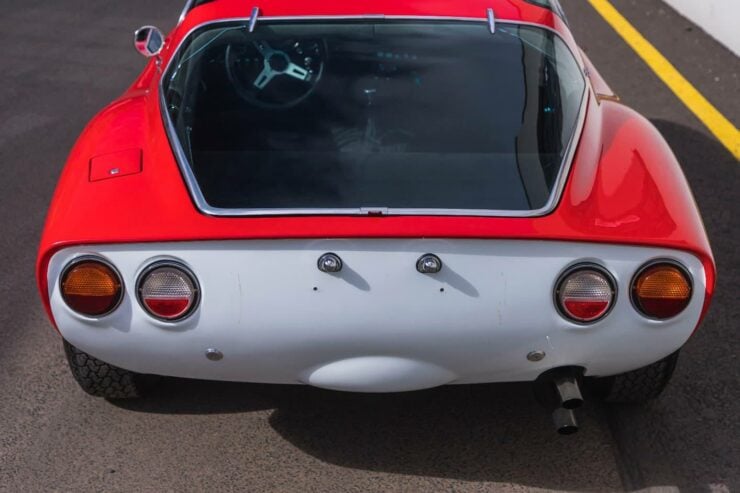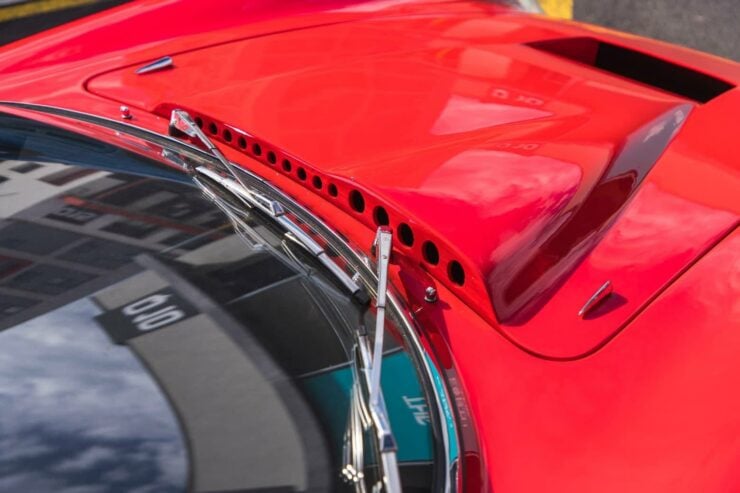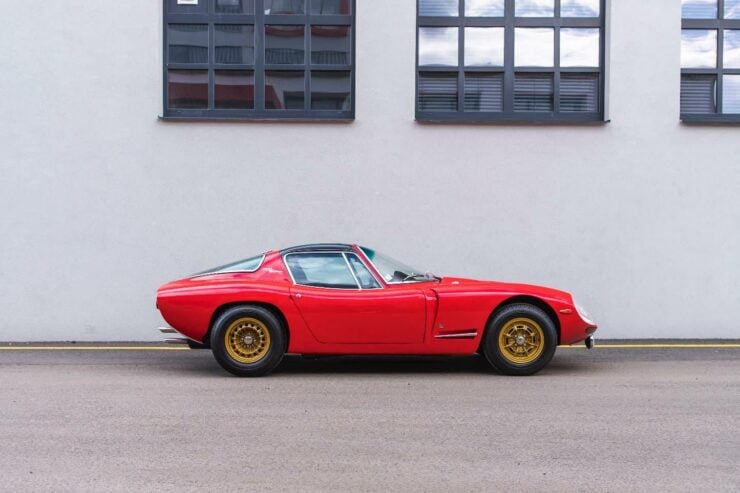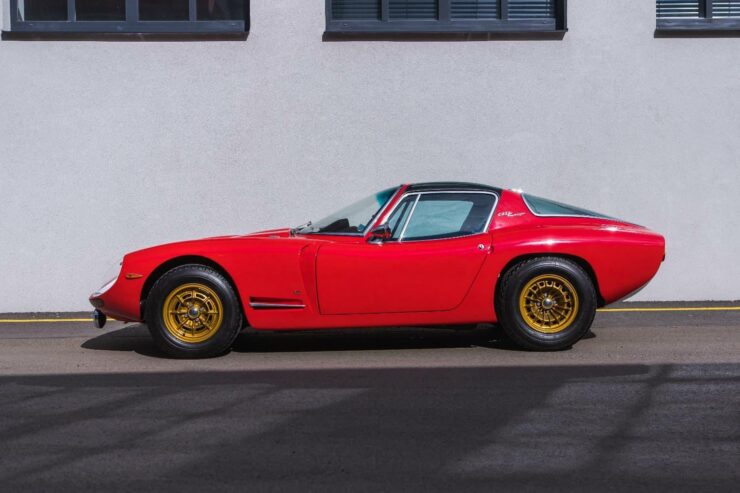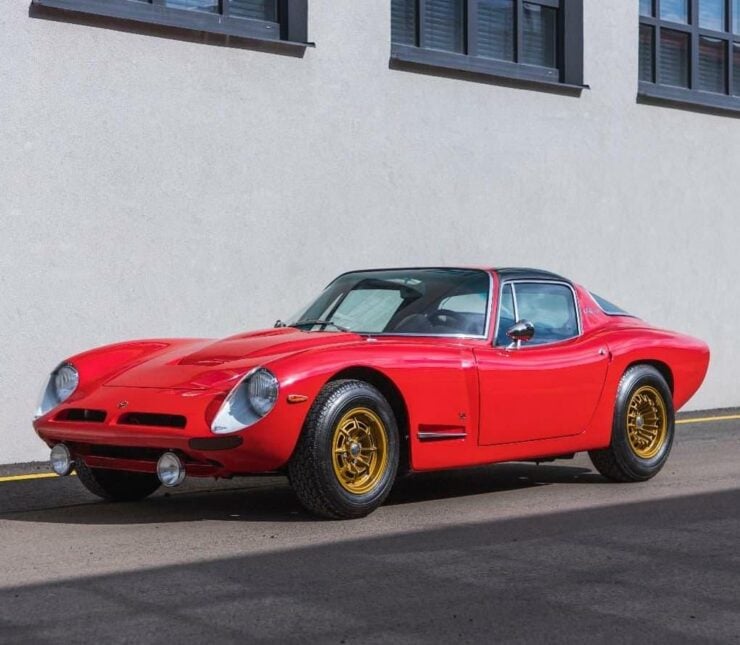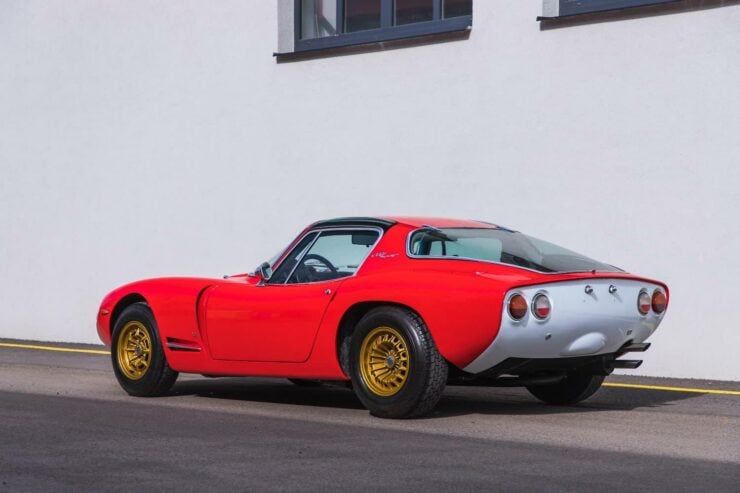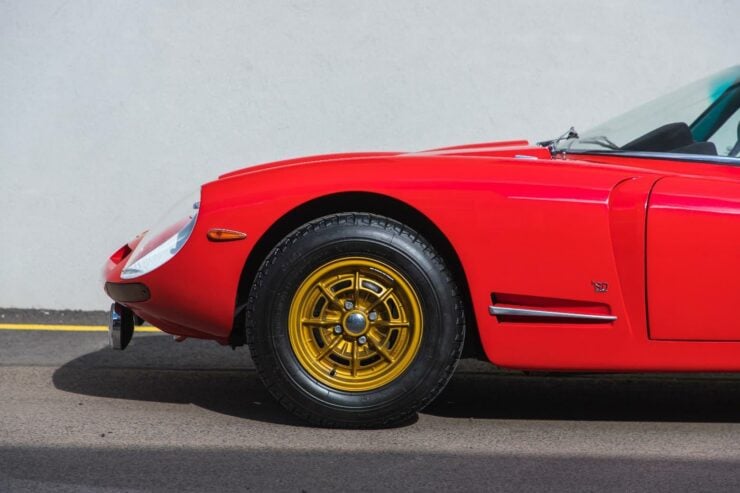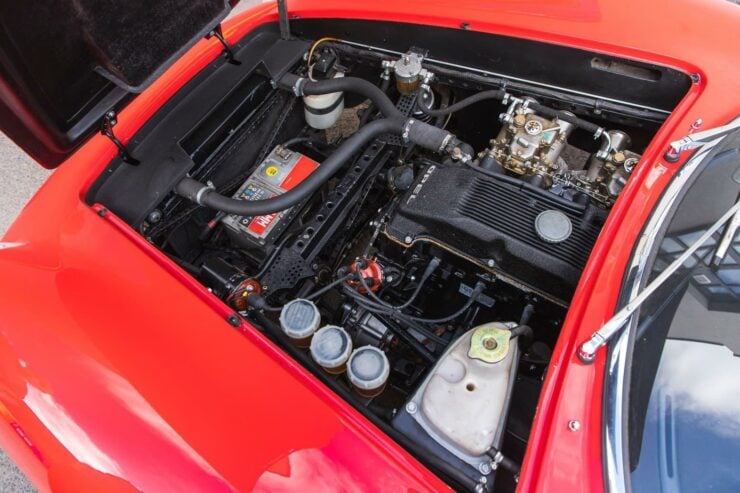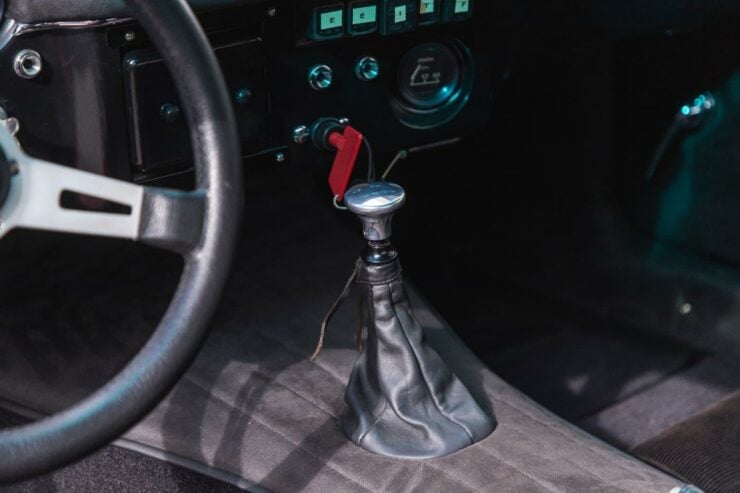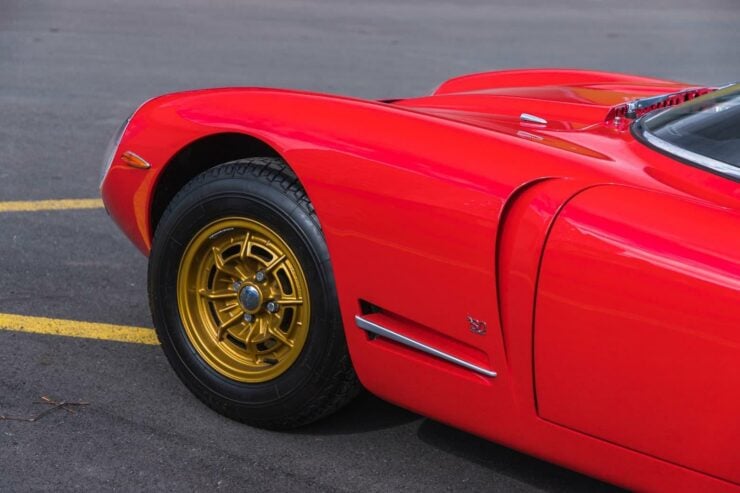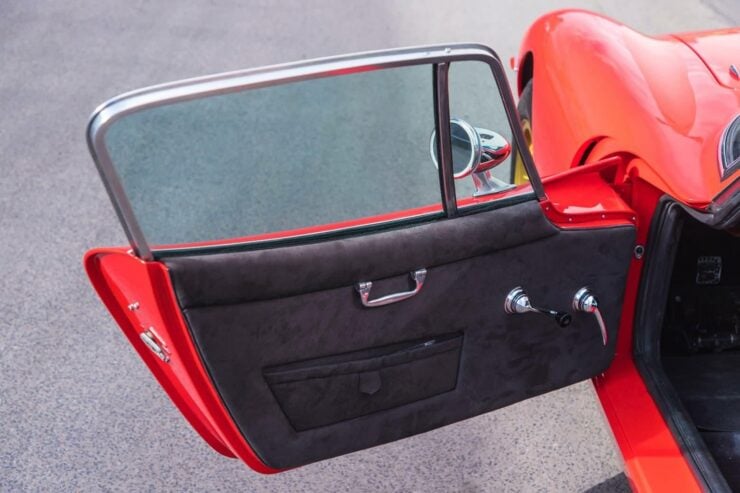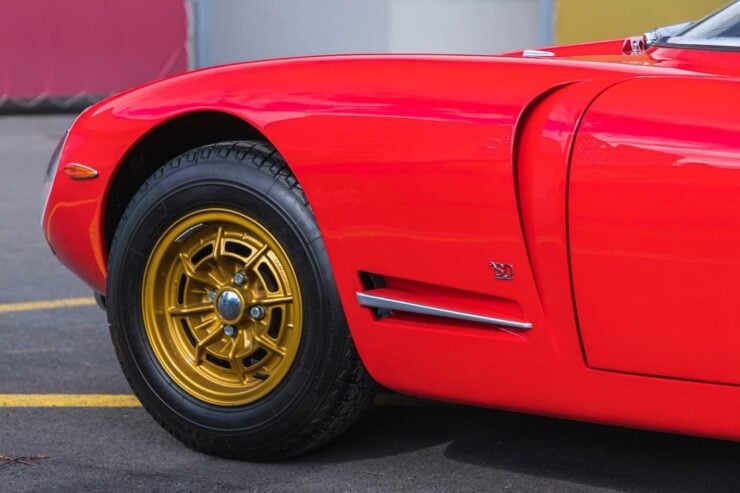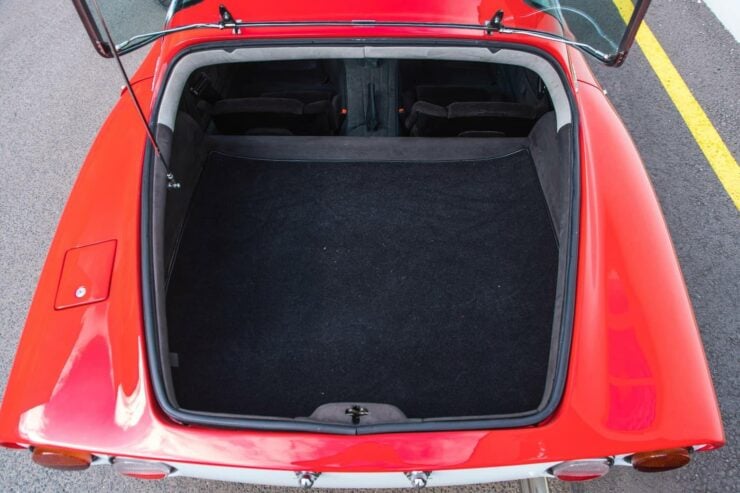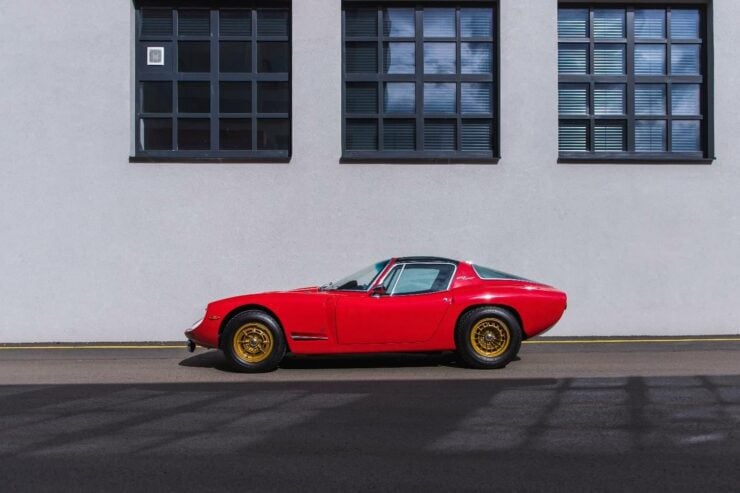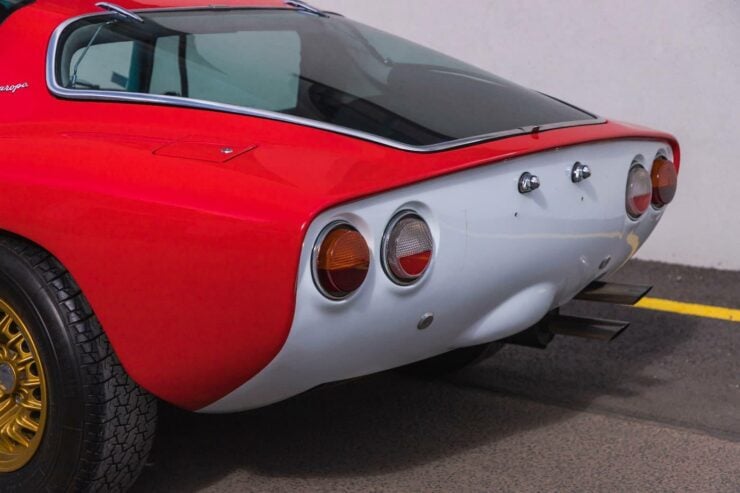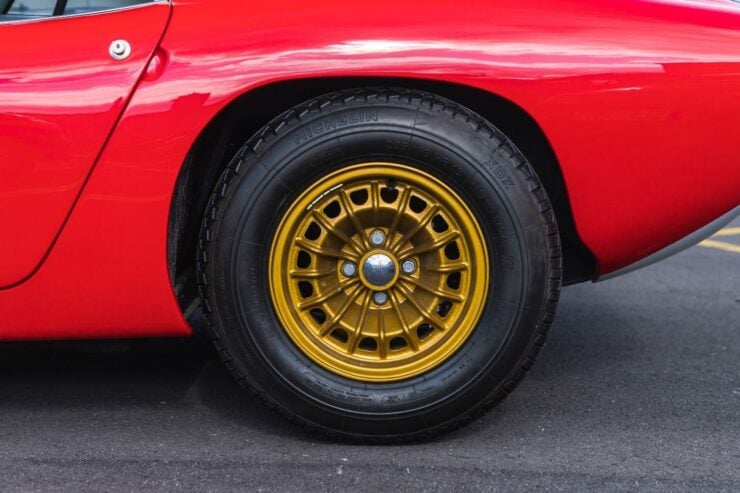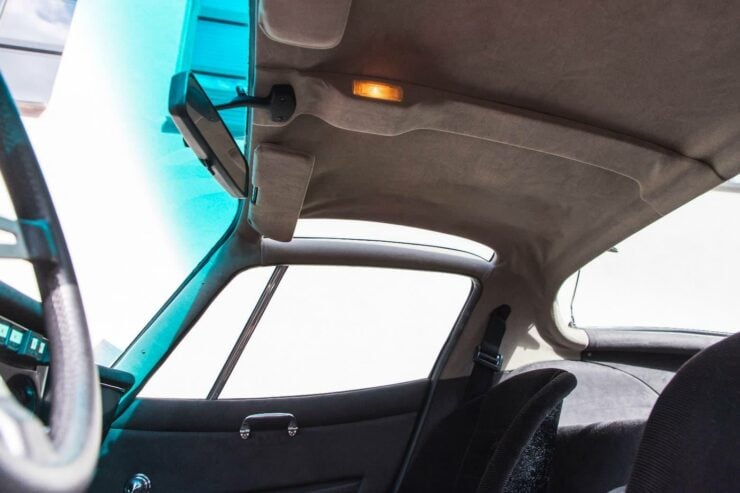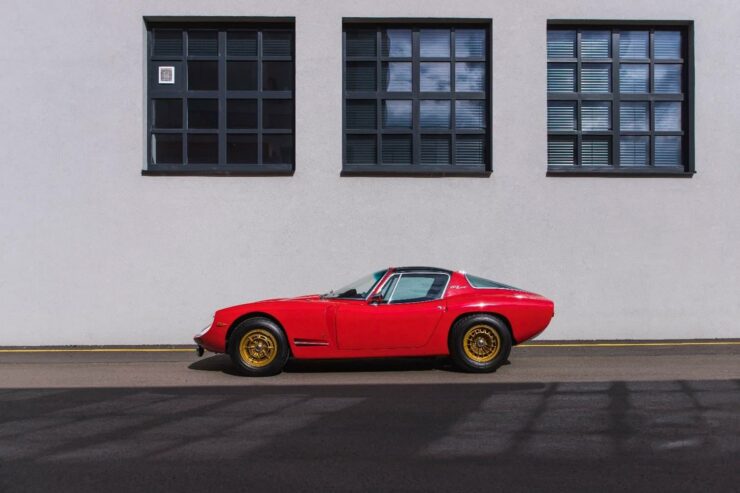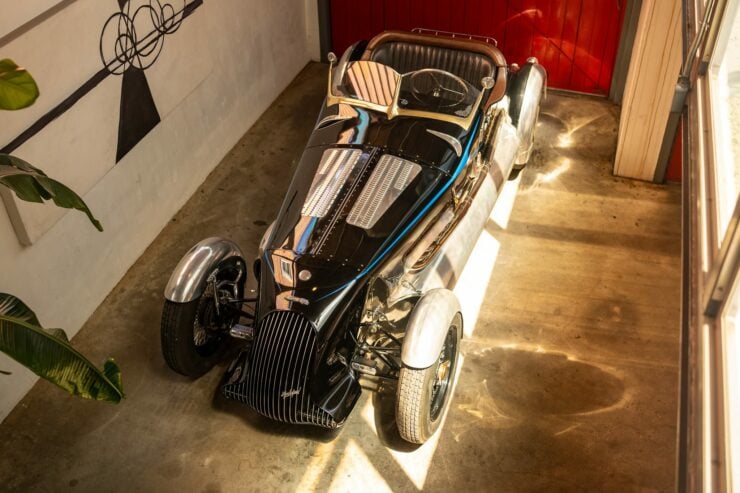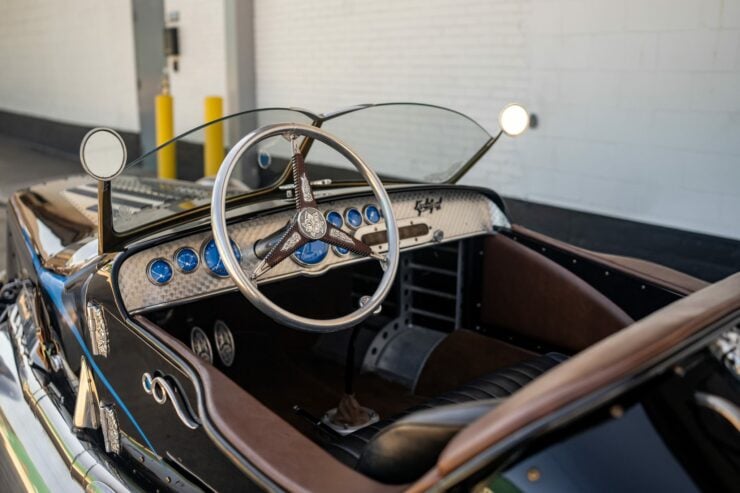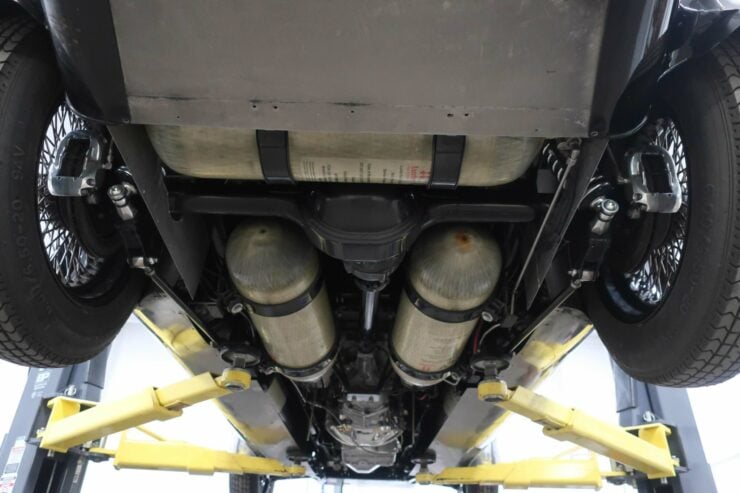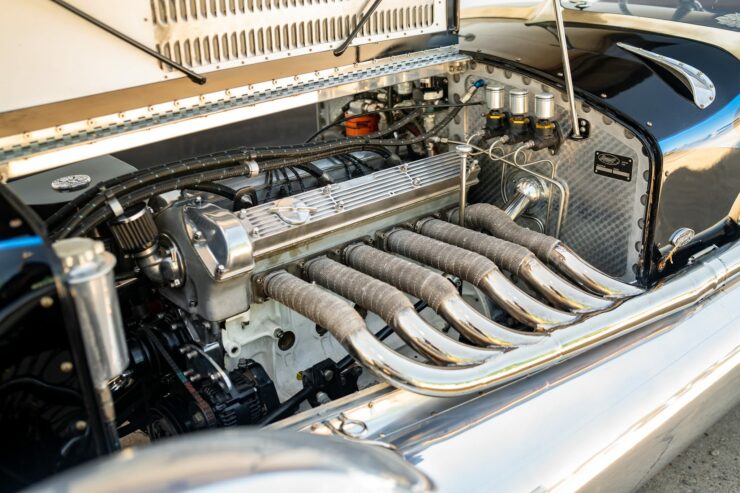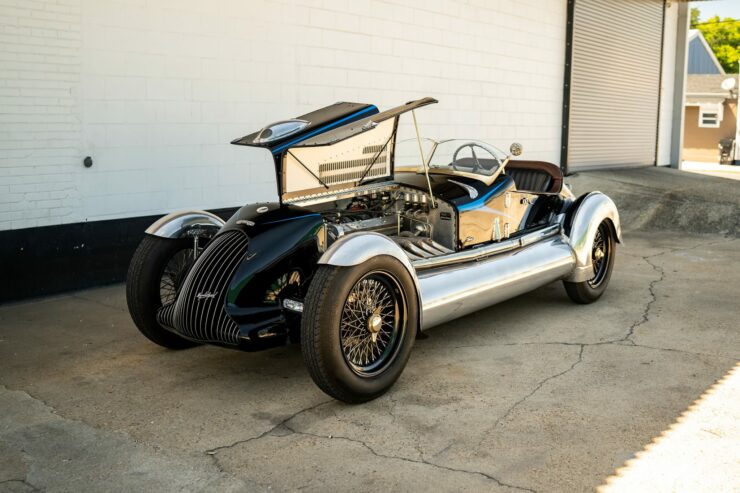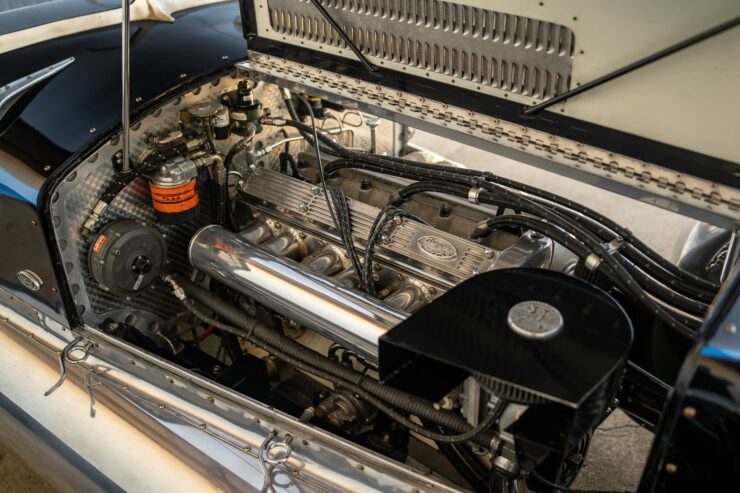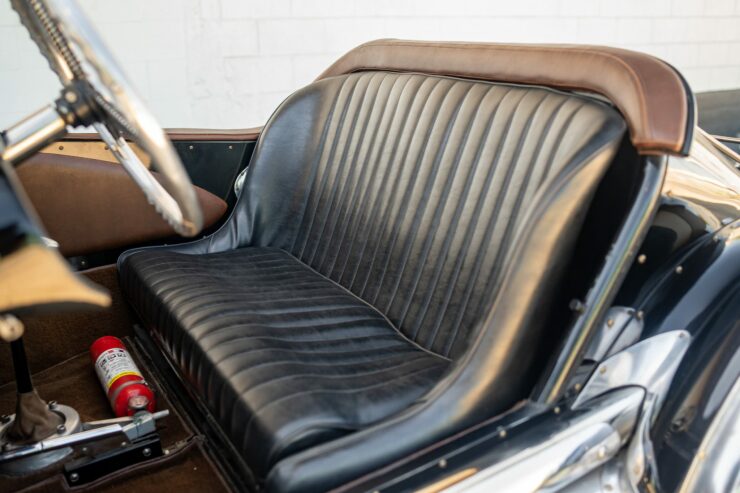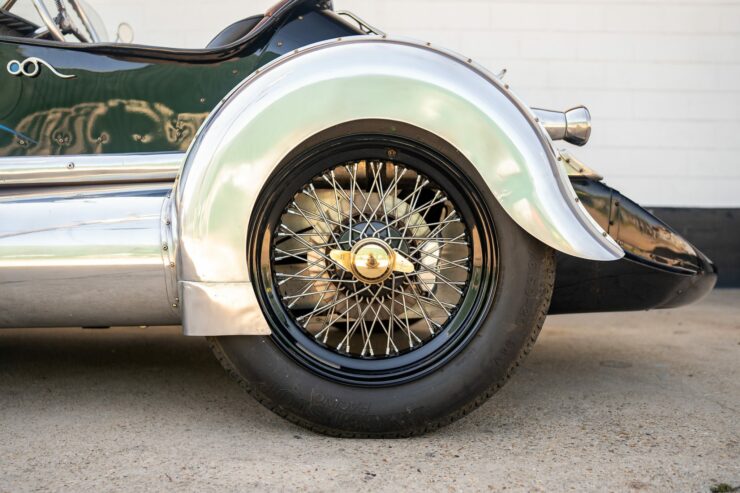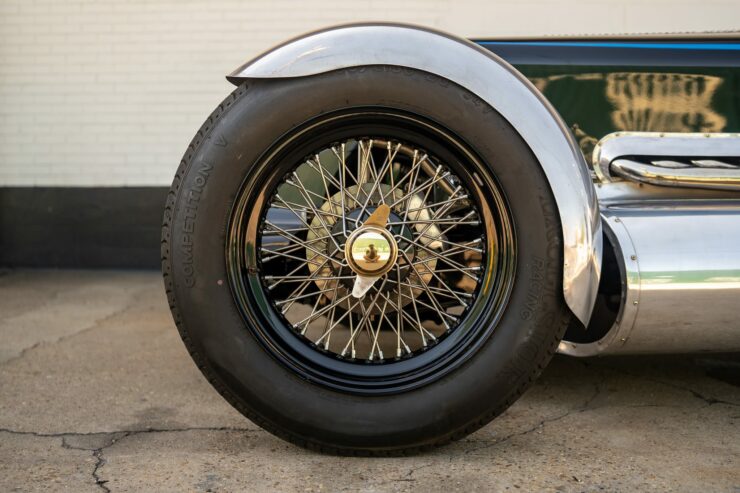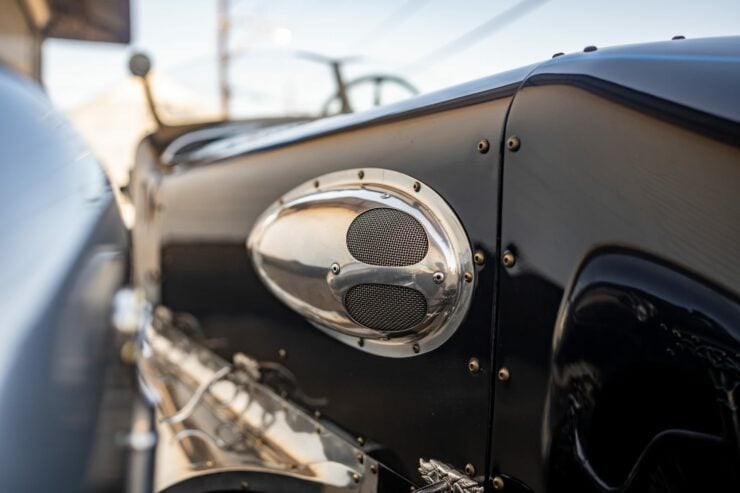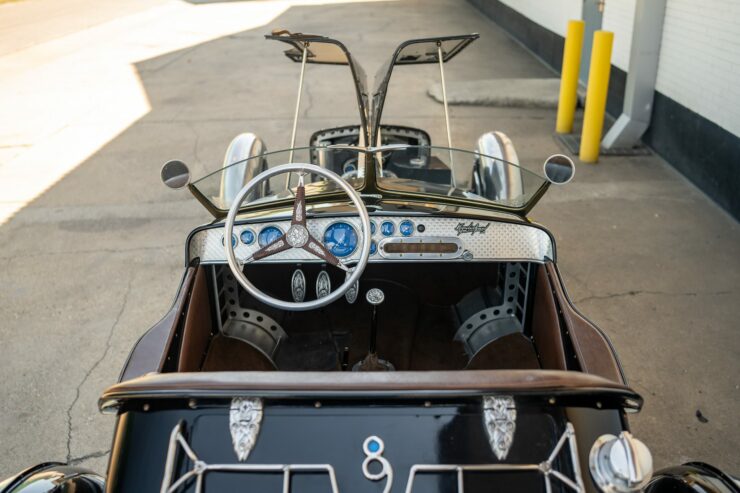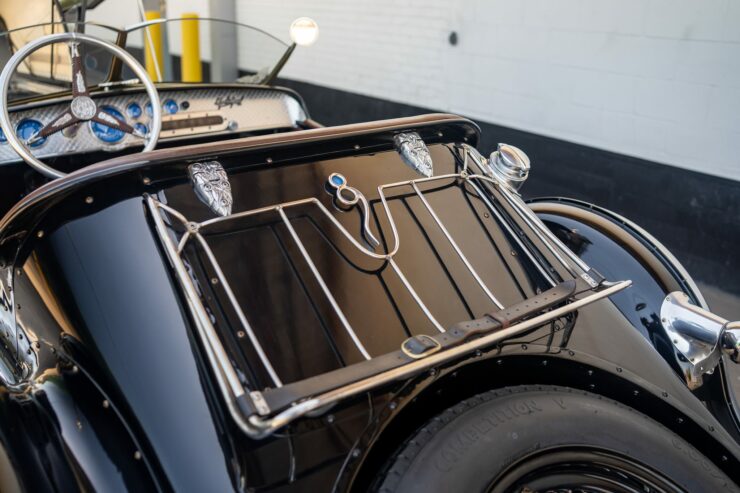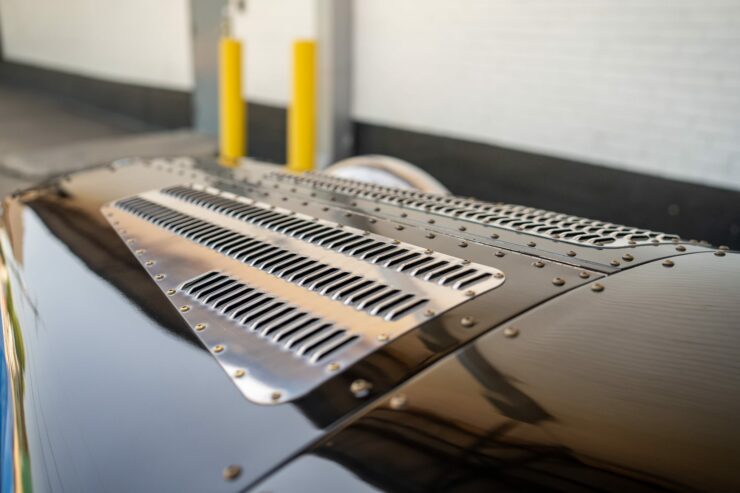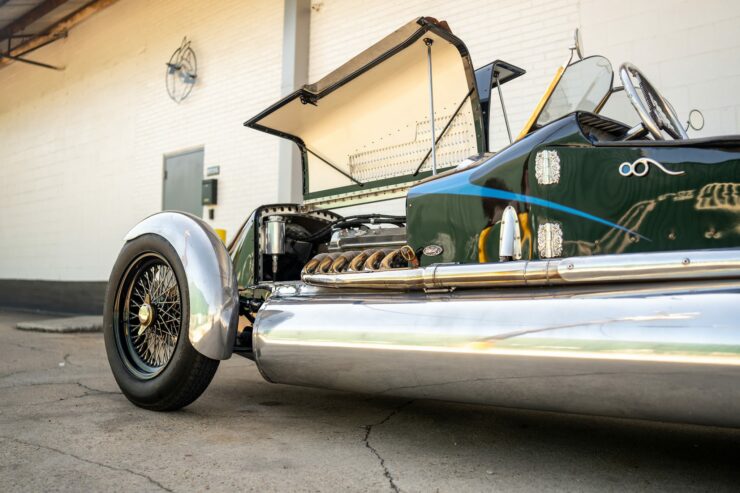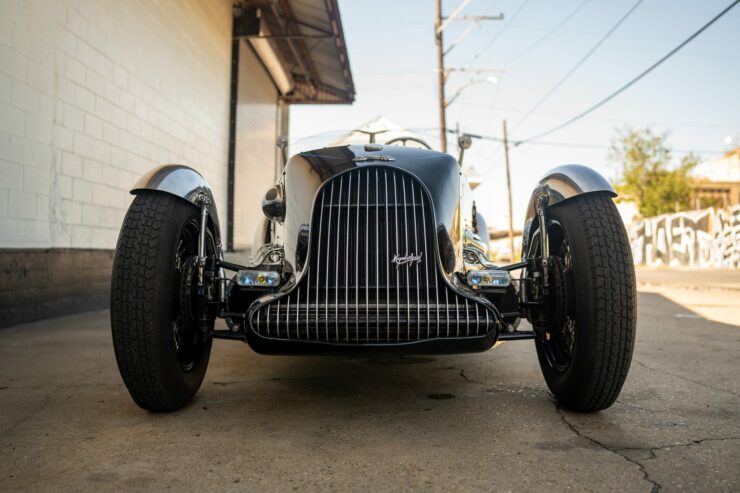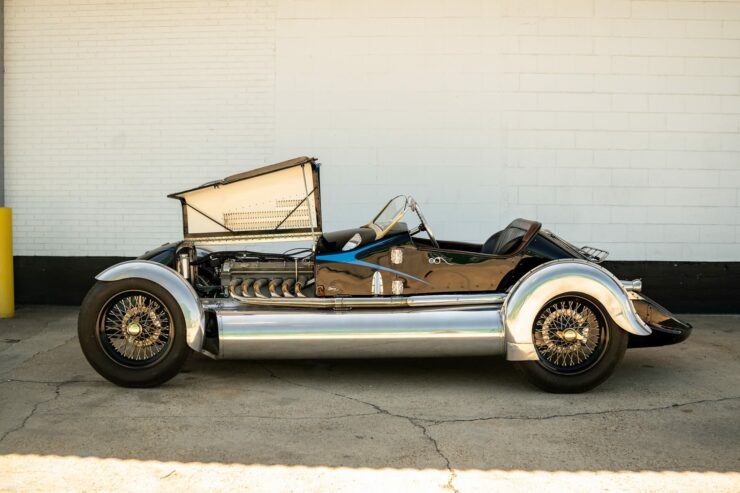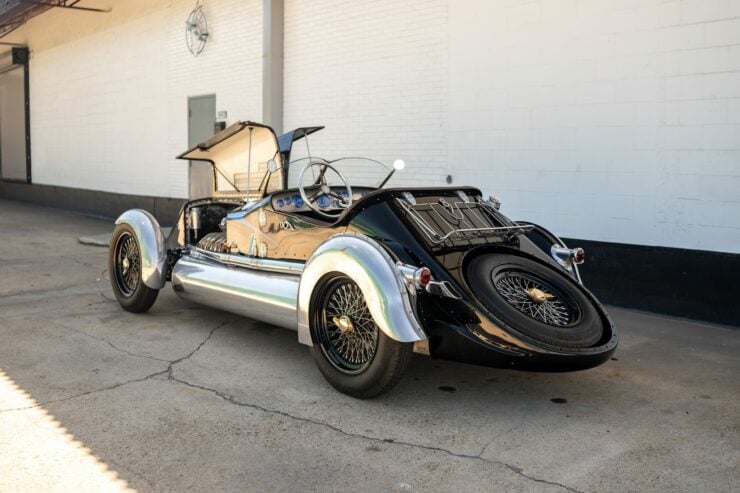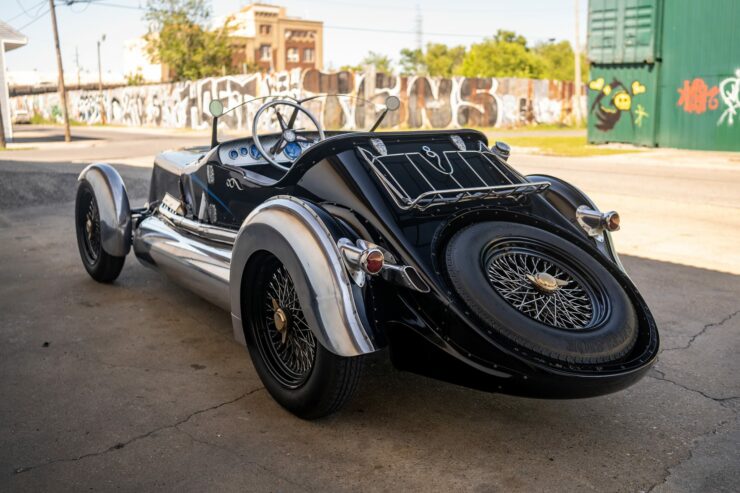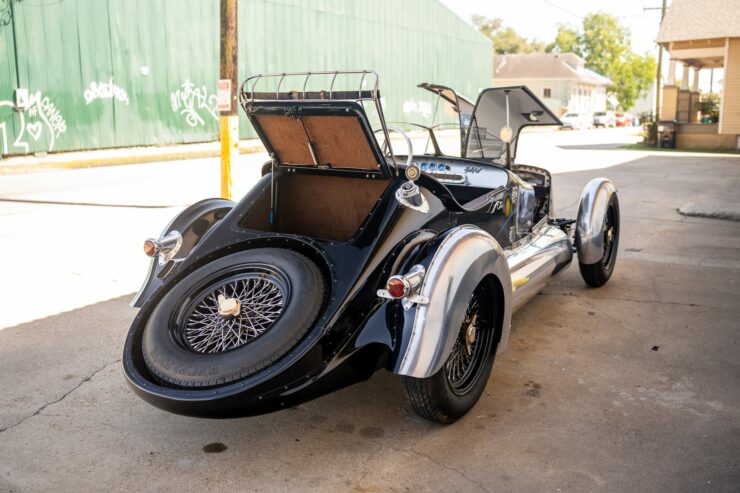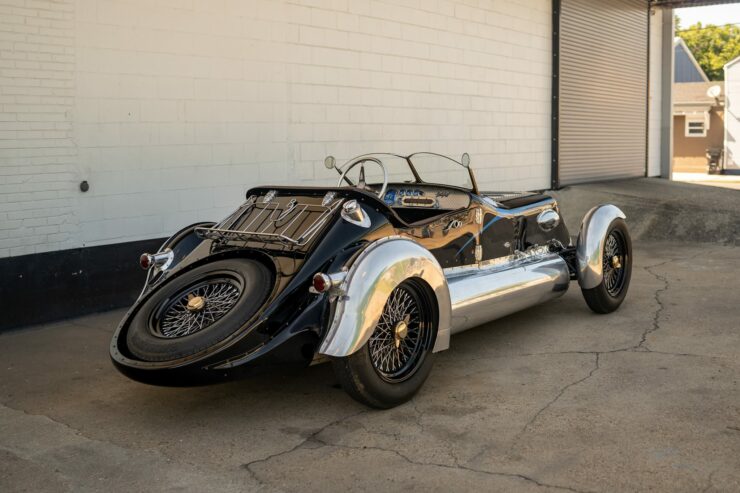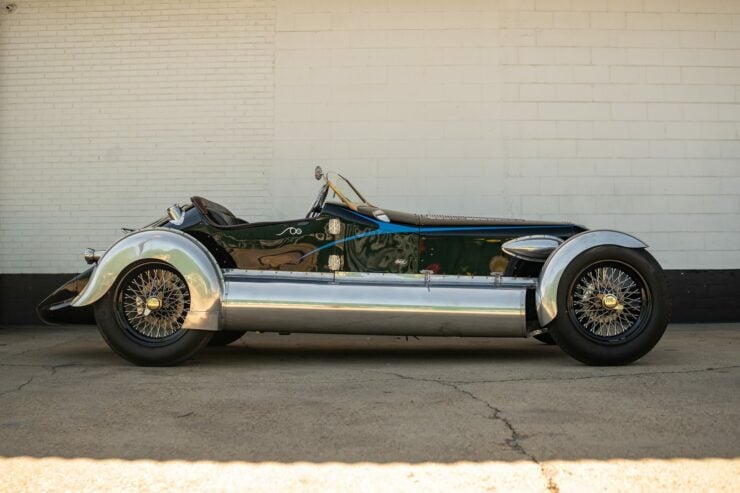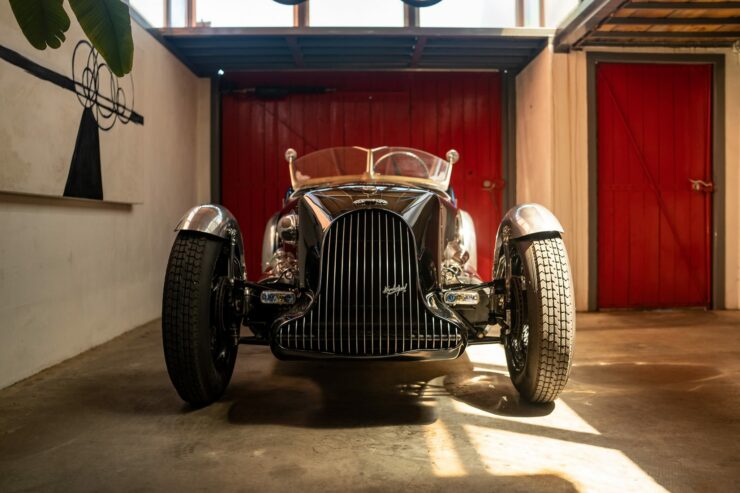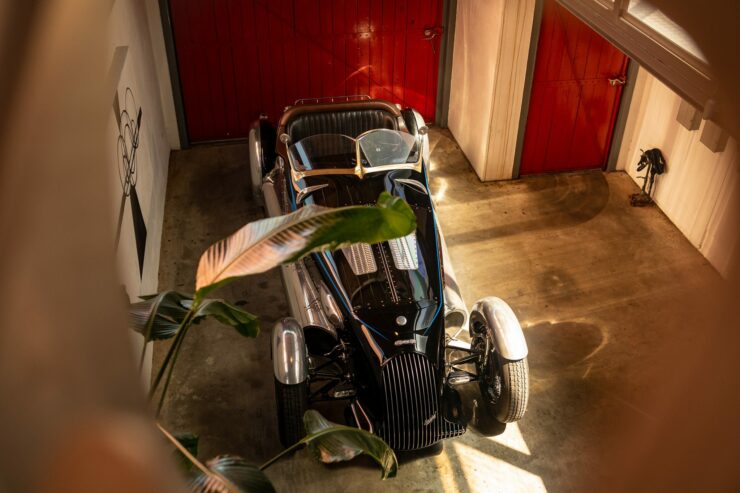This is the Tamiya Wild One MAX, to cut a long story short, it’s a full-scale version of the iconic 1:10th scale Tamiya R/C car. Tamiya has now partnered with The Little Car Company to make the car a reality, with an electric drivetrain and optional street-legal status.
The Wild One MAX is due to enter production in 2024, with 100 Launch Edition vehicles slated to be built and delivered to customers around the world. Other versions of the car are planned to follow soon after, with different performance specifications and options.
Fast Facts – The Tamiya Wild One MAX
- The Tamiya Wild One MAX was announced in May of 2023 as a full scale version of the classic 1980s-era Tamiya 1:10th scale remote control buggy called the Tamiya Wild One.
- The original Tamiya buggy designs were based closely on American sandrails that appeared in the 60s and 70s. Sandrails are simple tubular steel framed off-road vehicles with a rear engine, rear wheel drive layout, two seats, and little else.
- The Tamiya buggies typically had electric drivetrains, with a battery pack, a rear mounted electric motor, independent four wheel suspension, and ample decals.
- Now for the first time Tamiya has partnered with The Little Car Company in Britain to produce a full scale production version of these classic buggy designs. 100 Launch Edition vehicles will be built first starting in 2024, with other versions due to follow soon after.
The Grasshopper, The Hornet, And The Wild One
In 1984 Japanese scale model and remote control car manufacturer Tamiya released two vehicles that would become some of the most important in the company’s history: the Tamiya Grasshopper and the Tamiya Hornet.

This is the Tamiya Hornet, it was a mainstay of the 1980s R/C buggy boom and it was re-released more recently by Tamiya.
Both the Grasshopper and the Hornet were released within a few months of one another, and they kickstarted the 1980s R/C boom that in many regions was largely focussed on buggies. Many other buggy designs would follow, but these two are among the earliest and most influential.
The Grasshopper came first in early 1984 with the Hornet following later in October of that same year. While the Hornet was faster, the Grasshopper was slightly cheaper and the fact that it came first helped sales a great deal – Christmas morning of 1984 saw countless children tearing open presents and whooping with delight to see that Tamiya logo on their new buggy kit.
Both the Hornet and Grasshopper shared a very similar design, with an injection-moulded bathtub monocoque chassis onto which everything else would be attached. The battery pack was installed centrally for optimal weight distribution, the electric motor went in the back to power the rear wheels, and the speed controller, servos, and transmitters/receivers were all tucked inside the plastic bodywork.
A new buggy called the Tamiya Wild One was unveiled in 1985 and it joined its two earlier siblings at the top of a wishlist for kids from across the USA, Europe, and as far away as Australia and New Zealand.
Above Video: This is the original promo video for the Tamiya Wild One from 1985, it gives a detailed specification breakdown for the buggy which was clearly intended for more advanced R/C racers.
The 1:10th scale kits were relatively simple to build, taking just a few hours even for an inexperienced first time kit builder. Once the construction phase was complete it was time to apply the stickers and charge the battery, impatiently waiting for that amber light to turn green ready for the first drive.
Battery technology being what it was at the time, each drive was limited to just a 10 or 15 minutes before the speeds would slow and it would be time to plug the battery in and wait for that hallowed green light to make another appearance.
Of course, those kids born in leafy suburbs on the right side of the railroad tracks would have two or more battery packs on hand, and as a result much less patience was required.
R/C racing leagues popped up across the western world in the 1980s, both on and off-road racing disciplines were catered for in various classes, with the Grasshopper, Hornet, and Wild One being among the most popular choices for those new to the racing world.

This is the design from the front of the classic Tamiya Wild One R/C buggy from the 1980s – one thing Tamiya has always been great at is supplying detailed sticker packs.
The Tamiya Wild One MAX
The Tamiya Wild One MAX was developed as a modern, full scale version of the 1980s-era Tamiya Wild One from the golden age of R/C racing. Just like its 1:10th scale forebear this buggy is 100% electric, it has a removable battery system, and a rear-mounted electric motor powering the rear wheels.
The Wild One MAX has eight removable lithium-ion battery packs, offering a total capacity of 14.4 kWh, and power is sent to a single electric motor mounted behind the driver and passenger powering the rear wheels via half shafts.
The buggy has a tubular steel frame, seating for two, ground clearance is 270mm, the approach angle is 34.1 degrees, the breakover angle is 28.4 degrees, and the departure angle is 50.8 degrees. The total curb weight of the buggy is listed as approximately 500 kilograms, which works out to approximately 1,102 lbs.

it was the dream of almost every 80s kid to one day own a full scale Tamiya buggy – now for the first time it’s become a reality.
The roads legal status of the Tamiya Wild One MAX takes advantage of UK and EU laws that allow a four-wheeled vehicle to be road registered under L7e quadricycle regulations if it meets certain criteria including a curb weight of 450 kgs. This weight can be easily met as it wouldn’t include the weight of the batteries (or fuel in other instances).
The buggy has independent four wheel suspension and Maxxis Bighorn tires measuring in at 29” high and 11” wide on a 14” rim at the rear, with a smaller Maxxis tire up front. The top speed is listed as 60 mph (96.5 km/h) and no range or pricing has yet been announced.
If you’d like to read more about the Tamiya Wild One MAX you can visit the official page on Tamiya here or the page on The Little Car Company here. It’s possible to register your interest if you’d like to buy one, and at the time of writing there is no additional information about road legal status in the United States or outside of the UK/EU.
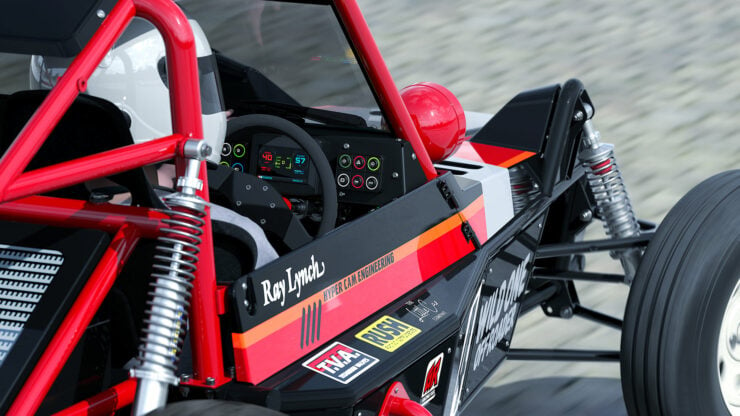
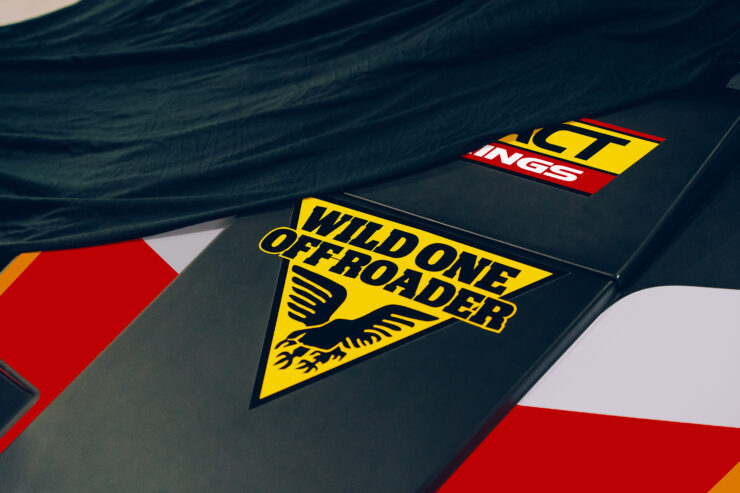
Images courtesy of Tamiya + The Little Car Company
The post The Tamiya Wild One MAX: A 100% Electric Road-Legal Buggy appeared first on Silodrome.
from Silodrome https://silodrome.com/tamiya-wild-one-max/
via gqrds

